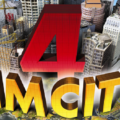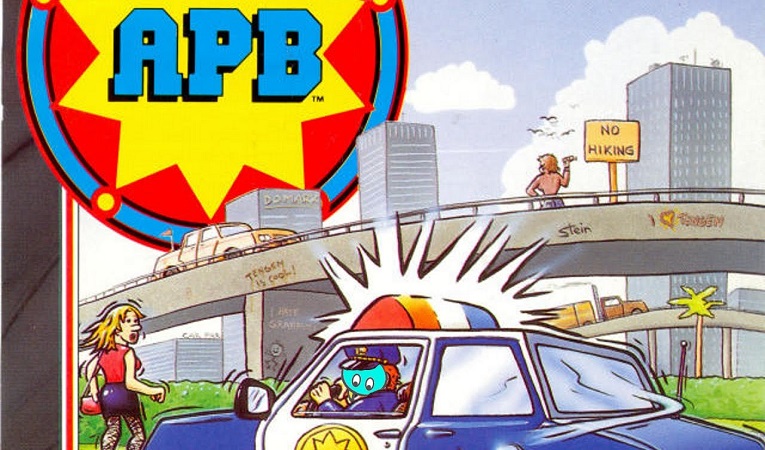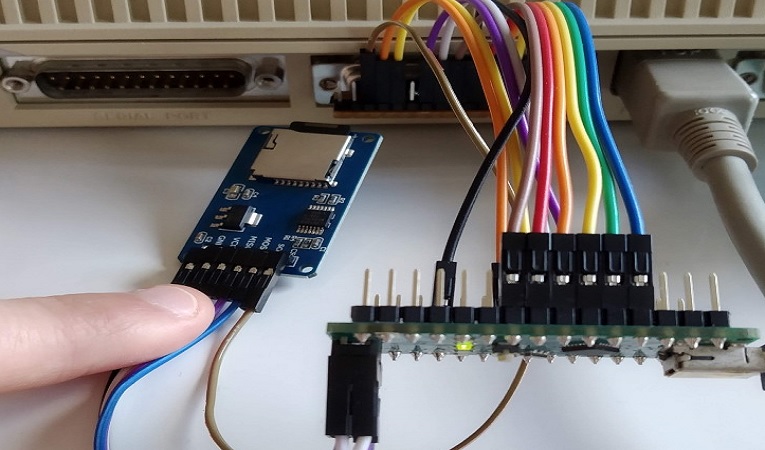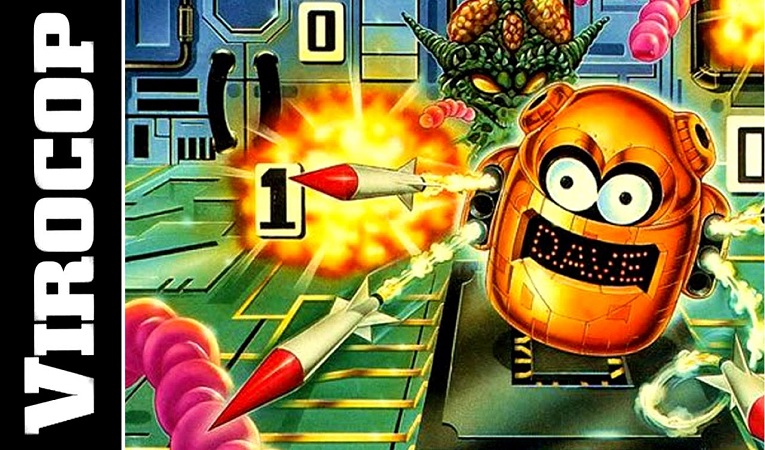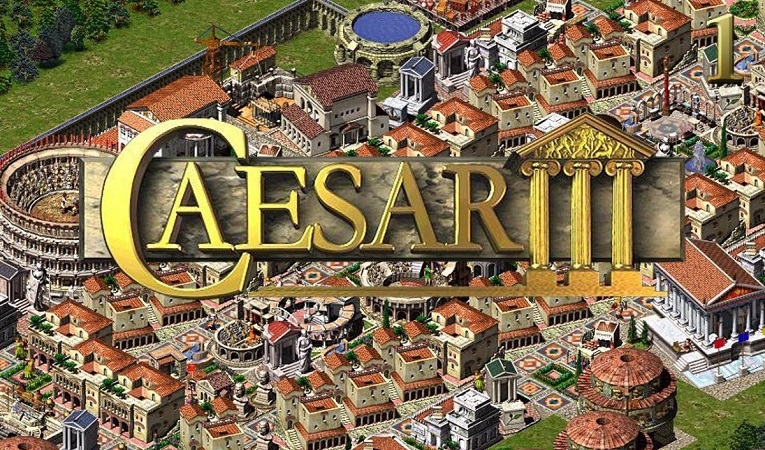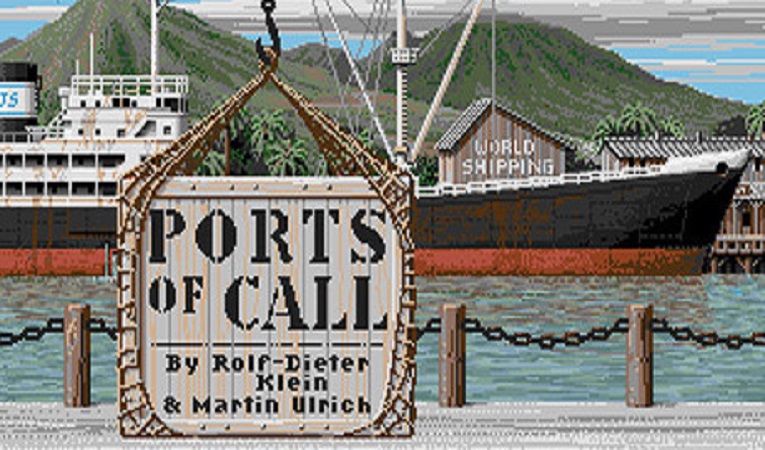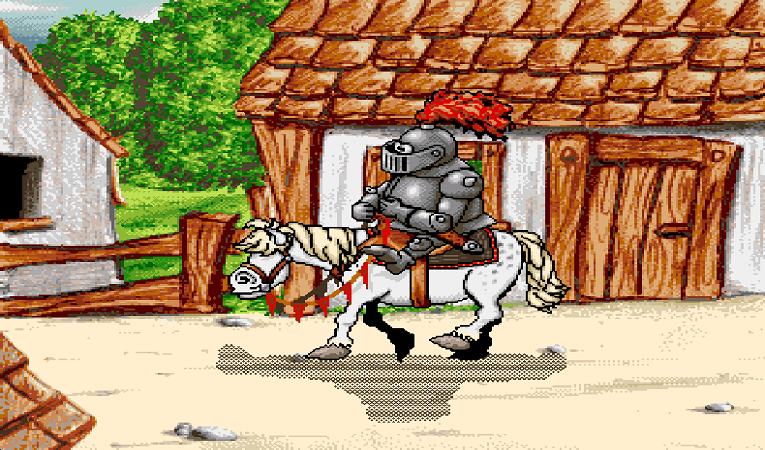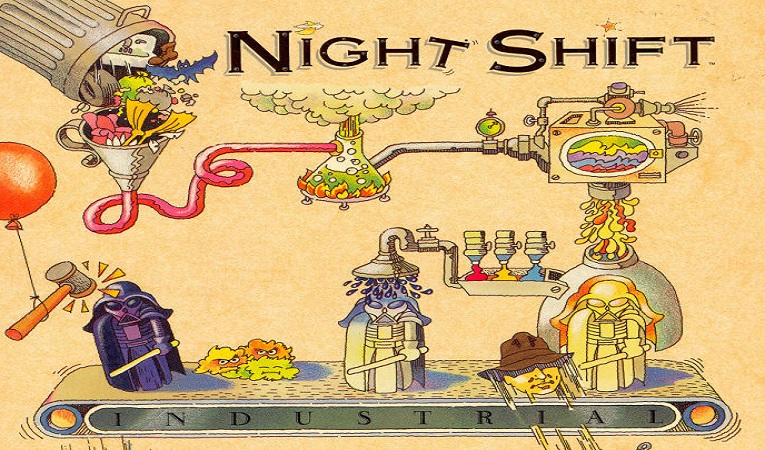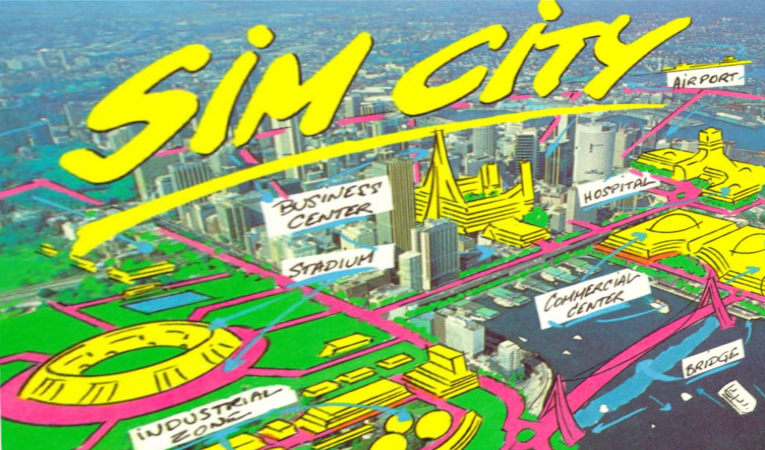
Population is king in SimCity, and every object you place will have a positive or negative effect. Congested roads, heavy industrial areas, and coal power plants all create pollution, which drives the population out of any residential areas placed too nearby. If commercial and industrial areas are too far from the residential zones, people get disgusted with the long commute. If your town is booming and there aren’t enough residential zones, people bail as housing prices get too high. And should you ever raise taxes – your sole source of income, by the way – you’re in for a virtual mutiny. Sims always somehow have the finances and willingness to pack up and leave town over the smallest issues, so making it to Megapolis will in no way be easy.
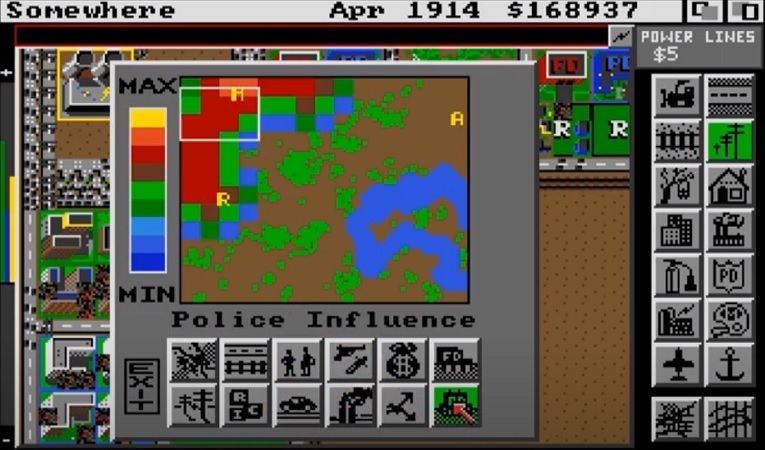
Then there are the randomized disasters that crop up, including fires, floods, earthquakes, and tongue-in-cheek monster attacks. You have no defense against these, and pretty much have to wait them out and pick up the pieces after – the sole exception being a healthy placement of fire departments to prevent fires from spreading wildly to adjacent buildings. Bulldozing and replacing damaged buildings costs money you likely don’t have, but then, so does the upkeep of fire and police departments (to combat crime in a radial model similar to pollution). You can turn the disasters off for an easier game, but will have to live with the shame of being a complete weenie.
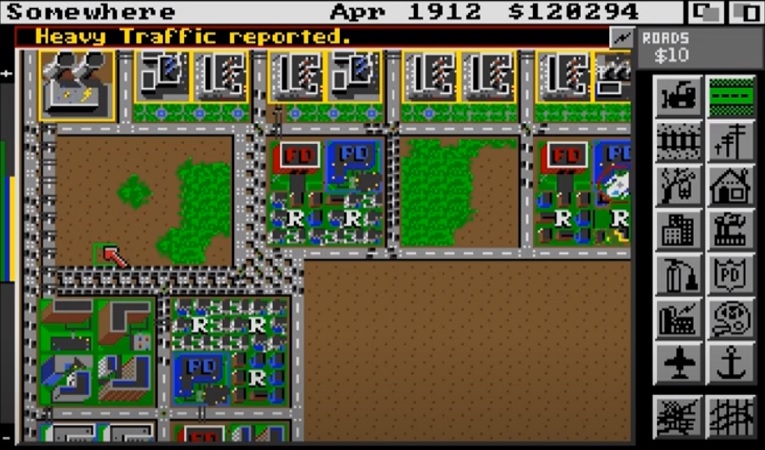
It’s a surprisingly elaborate model that even considers higher housing prices for waterfront property. Yet the game does its best to keep things accessible. Once you understand the rules of the simulation (helpfully explained in the manual), you’re able to make incremental changes without cocking things up completely. An indicator in the corner tracks the demand for new types of districts, and the ever-useful map includes overlays showing areas of pollution, crime, traffic jams, and more positive things like population density and commerce. You can use these to spot where changes need to be made, and where demand is for your next construction. You can further hold Q and click to “query” any tile and see a window of stats detailing crime, pollution, density, and if its growth is trending up or down.
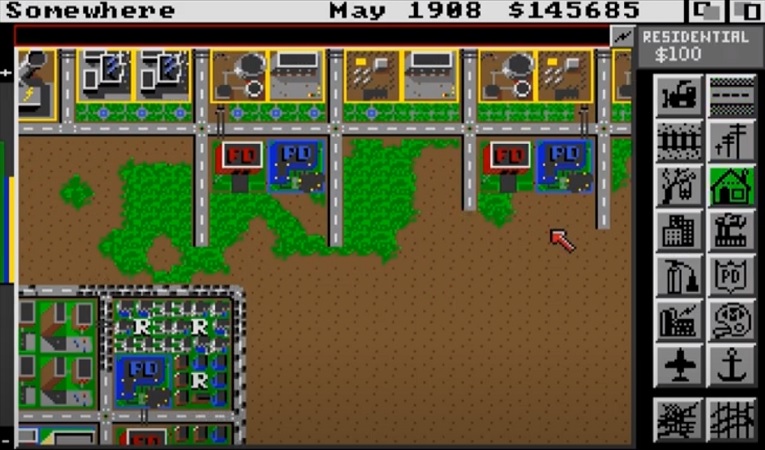
That’s the entirety of the game. There are no tiered goals to meet, no random events, no series of missions that need to be completed. It’s just you, trying to manage your finances and population to make Megapolis. Replayability comes in the form of randomly generated terrain on each city creation. You can’t build on (or fill in) any water spaces, so when you think you’ve mastered the game, try doing it again on a map with half as much available land. Six scenarios also exist, challenging you to repair a premade metropolis with some critical flaw – Tokyo after a monster attack, Boston after a nuclear power plant explodes, Detroit in the throes of a crime wave, etc. You’re given ten years and limited funds to turn the city prosperous again.
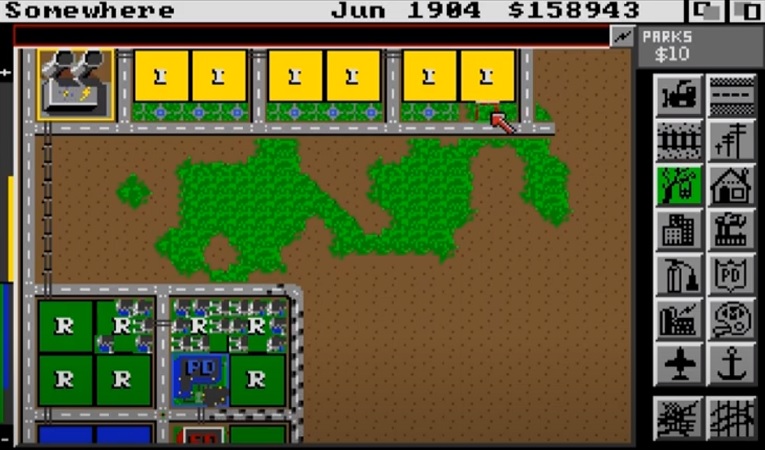
SimCity’s not perfect, of course. The transportation model feels the most unfinished. You can place roads, or more expensive trolley rails. Roads will congest while rails magically will not, and the manual’s suggestion for dealing with traffic is to simply replace the congested section with rails. There are no train stations to be built, and no repercussions for building a counter-intuitive patchwork route of the two types. In fact, you can build an entire city with only rails and no one complains – it’s mass transit at its most utopian.
news source: justgamesretro.com (CC 3.0) / image source: GenerationAmiga / watch on Youtube / download Sim City Amiga or MS-DOS


